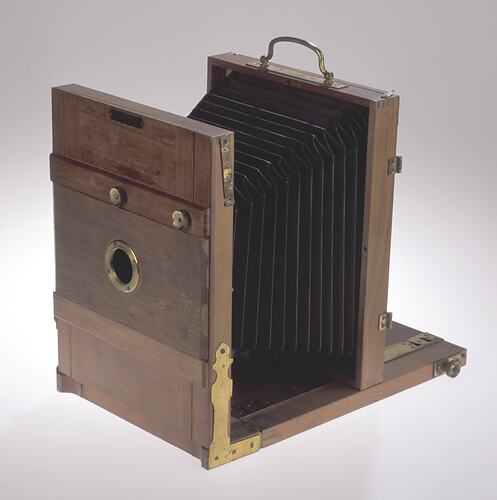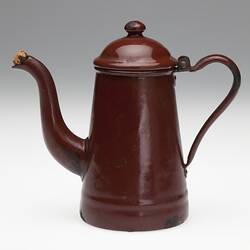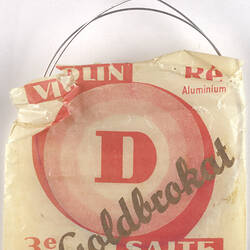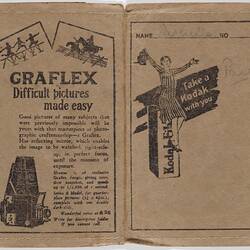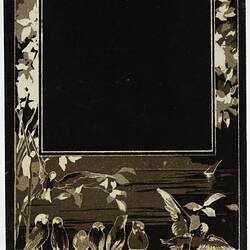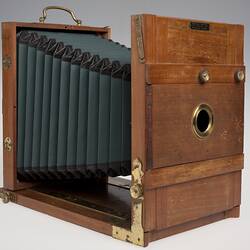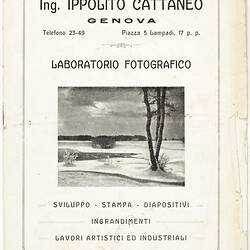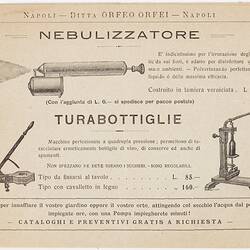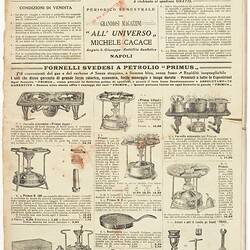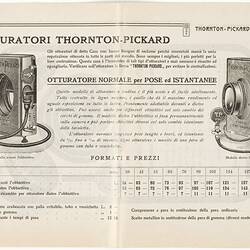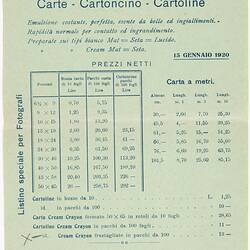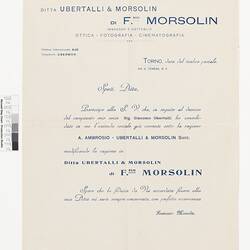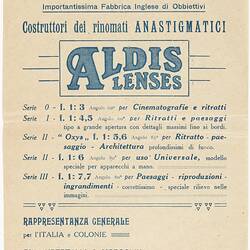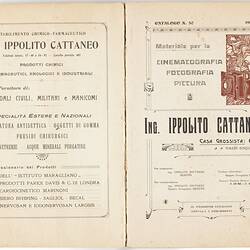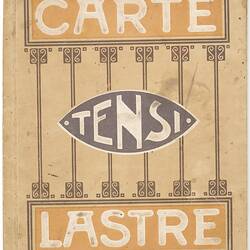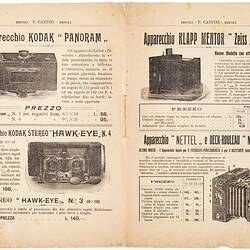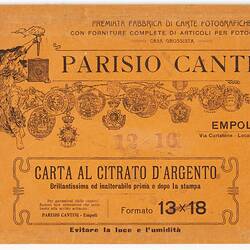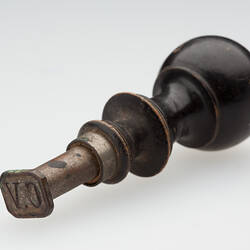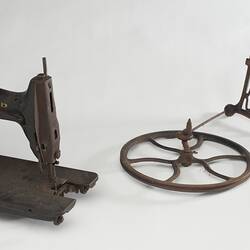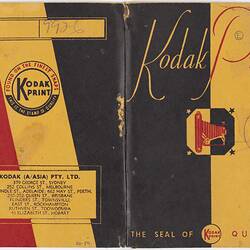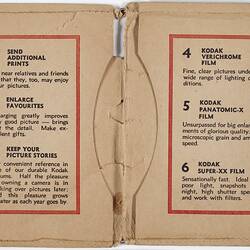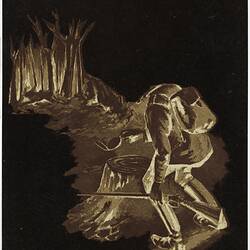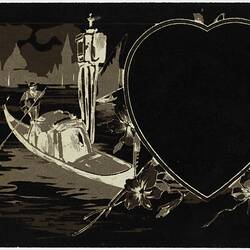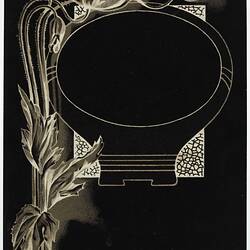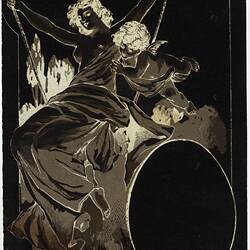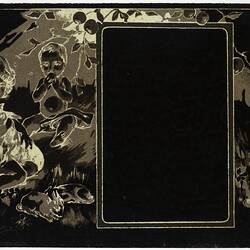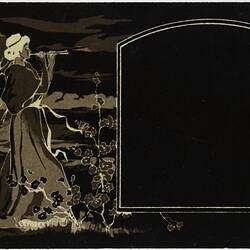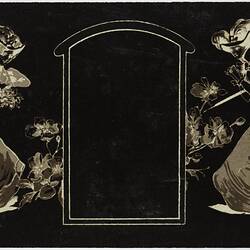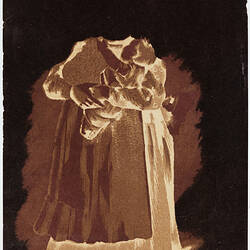Vincenzo Candela was a man of many skills. He was a skilled clarinet player and like most itinerant musicians from the region of Basilicata, Italy, Vincenzo travelled the world. Visiting countries such as France, Brazil and the USA he would play in the streets, at private functions and concerts during spring and summer, with fellow musicians from his district. As this was seasonal work, when they returned home, these musicians practised other trades to support their families. Hence, Vincenzo was also a skilled tailor and photographer, as well as having a grocery and wine shop. He owned a photographic business in Viggiano, which specialised in portraiture, landscape and village life, and had a well established client base. During spring and summer the responsibility of running these businesses was often left to the musician's wife or other family members.
Arriving in Melbourne in November 1920, at the age of 47, with a wife and a 10-year-old son to support, Vincenzo made an assessment of the opportunities for earning a living with one of his three trades. As a musician he was too old and most likely without significant connections. The same probably applied to the profession of photographer, as there were many established photographers in Melbourne and capital was needed to set up a proper studio. Vincenzo continued to use his photographic equipment, more as a hobby than a trade, taking photos of family members and friends in his home, with impromptu backdrops such as a rug or a sheet. This left the profession of tailor, and considering that Italian and European fashion was very much in demand, all that was needed was a good sewing machine and a few introductions. Candela had learned the trade of dressmaking in Italy, most likely in Naples, a city at that time renowned for its tailors, many of who settled in Brazil, Argentina and the USA.
A few months after his arrival, Vincenzo Candela began working as a tailor. He had brought with him many fashion magazines and patterns, and had the right contacts in Italy to continue ordering them by mail. He purchased a Singer sewing machine for 26 pounds on 16 March 1923, which he paid for in for monthly installments of six pounds.
Vincenzo kept records of his clients and of his income in several notebooks, some with the pages collated and sewn on sewing machine. He had a range of customers from Australian, Italian and Chinese backgrounds. He also worked on consignment for other Australians and Italians tailors in Melbourne. Once his tailoring business was established, Vincenzo continued to order catalogues from Italy, mainly from the publisher of La Scuola Moderna [The Modern School] who also had a branch in San Paolo, Brazil. Vincenzo established a successful 'Gents' High Class' tailoring business from home. He continued to be a tailor until his death on 19 June 1943.
More Information
-
Keywords
immigration, Cultures and histories : Melbourne and Victoria, photographers, tailors
-
Authors
-
Article types
